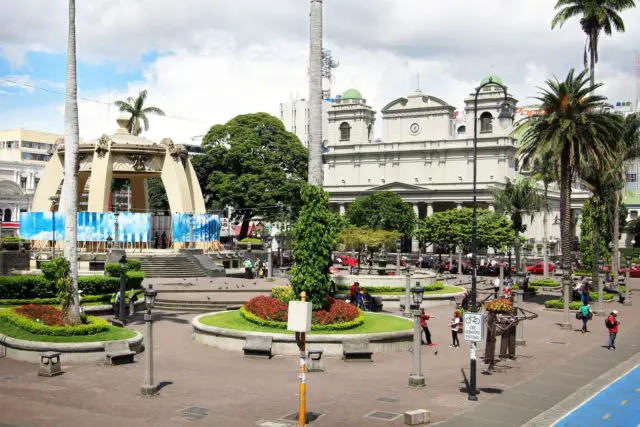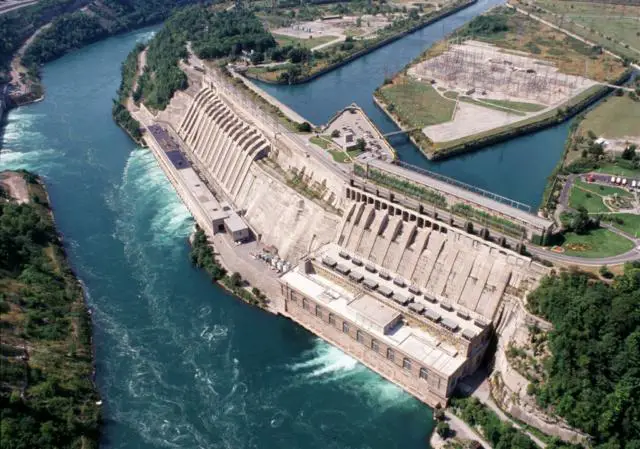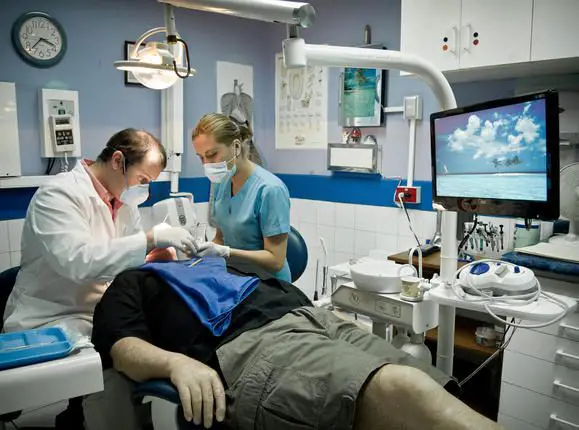An ambitious National Decarbonization Plan, the 71st anniversary of the Abolition of the Army, or the 4th best position among Latin American countries in the PISA report, which measures school performance, are some of the most recent headlines that Costa Rica holds as a spearhead in the Latin American region for its economic, social, and institutional development.
With higher growth, in the last 50 years, to that of Latin America and the Caribbean and to the countries of the Organization for Economic Cooperation and Development (OECD), its development strategy has been underpinned by economic openness and integration and by the attraction of foreign investment. All this has allowed it to consolidate a welfare state of which Costa Ricans should be proud.
However, the country has been lagging in recent years. The contribution of productivity to growth has been limited, which has not allowed it to converge more rapidly towards higher-income countries, as Panama or the Dominican Republic have done.
And this lag has had a social cost, with a persistent level of poverty in 20% of households in the last 2 decades and an increase in inequality in income distribution, unlike the trend in the rest of the region. Likewise, unemployment has increased, is 4 times higher for young people, and mainly affects women and exacerbating in the peripheral areas of the country.

These results point to the need to redefine some aspects of this successful model with a view to achieving more prosperous, inclusive and sustainable growth. And to achieve this, at the Inter-American Development Bank (IDB) we believe that the country must address 4 fundamental challenges.
The 1st challenge is the strengthening of public finances. Low-tax collection and accelerated spending growth eroded space to increase public investment, the lowest in all of Latin America. Although the approval of the Law on Strengthening Public Finances in December 2018 was a crucial step towards fiscal sustainability, it is imperative to implement it strictly and approve complementary measures such as public employment reform, institutional and administrative reengineering or management by results to improve spending efficiency. This is an effort of all where no one should be left out.
The 2nd major challenge is the development of quality and resilient infrastructure. Costa Rica presents a lag of approximately 35 years in this sector, with challenges not only of coverage but also of quality and resilience. For example, only 27% of the roads are paved, the capacity of ports and airports is lower than necessary and there is no integrated and efficient public transport system. Therefore, investment in road infrastructure, logistics and production must integrate elements of sustainability and resilience, while continuing to diversify the energy matrix and modernize the electricity grid, with a view to reducing rates that are currently the highest in Central America, and that has an impact on the competitiveness of the business sector.

Similarly, it is a priority to reduce the lag in wastewater treatment and increase access to sewerage services, the main challenges of the so-called “brown agenda”. The attention of these challenges requires a significant flow of resources, so it will be necessary to incorporate new financing schemes under public-private partnerships, and operationalizing concrete initiatives.
The 3rd challenge of this development agenda is the improvement of productivity and the reduction of its gaps. The productive apparatus is characterized by duality, with important differences between sectors and company size. The sectors with lower levels of productivity have a greater capacity to generate jobs, although with a lower profile of qualification and remuneration. On the contrary, the most productive, generally focused on non-traditional agriculture and new services and located in free zones, have a better labor profile, although they have less capacity to generate employment.
In addition, there is a territorial imbalance, with greater access to infrastructure, services, and jobs in the large central metropolitan area compared to more remote regions, without appropriate infrastructure, a lower educational level and fewer economic opportunities. An inclusive productive development that generates greater and better employment opportunities requires improving the business climate through simplification of procedures and digitalization, promoting innovation and investment in knowledge and technology to support the transformation of SMEs and their articulation with the markets export, strengthen the competition regime and streamline access to credit, designing innovative financial solutions for entrepreneurs.
The 4th -and final- challenge is human capital. The acquisition of relevant skills in the school and in the first years of working life is a challenge that affects the productivity of companies, the growth of new enterprises and the adoption of new technologies and makes it difficult to reduce poverty and inequality. Opportunities to meet these challenges encompass the life cycle of people and focus on expanding coverage of quality services for early childhood, preventing teenage pregnancy, addressing secondary school dropout, improving quality and relevance of training for work and the strengthening of violence care and prevention mechanisms, particularly in the most vulnerable young populations.

The search for solutions to these 4 challenges must take into account 3 cross-cutting issues: the reduction of gender gaps, the potential of innovation and technology, and the fight against climate change, for which the implementation of the National Decarbonization Plan 2018-2050 is crucial.
Costa Rica should not be left behind on this agenda. Doing so will erode the achievements that other generations struggled to achieve and for which Costa Ricans have distinguished themselves among other peoples. The time is now, it depends on the country to make the leap towards a more prosperous, inclusive and sustainable development for the following generations.

